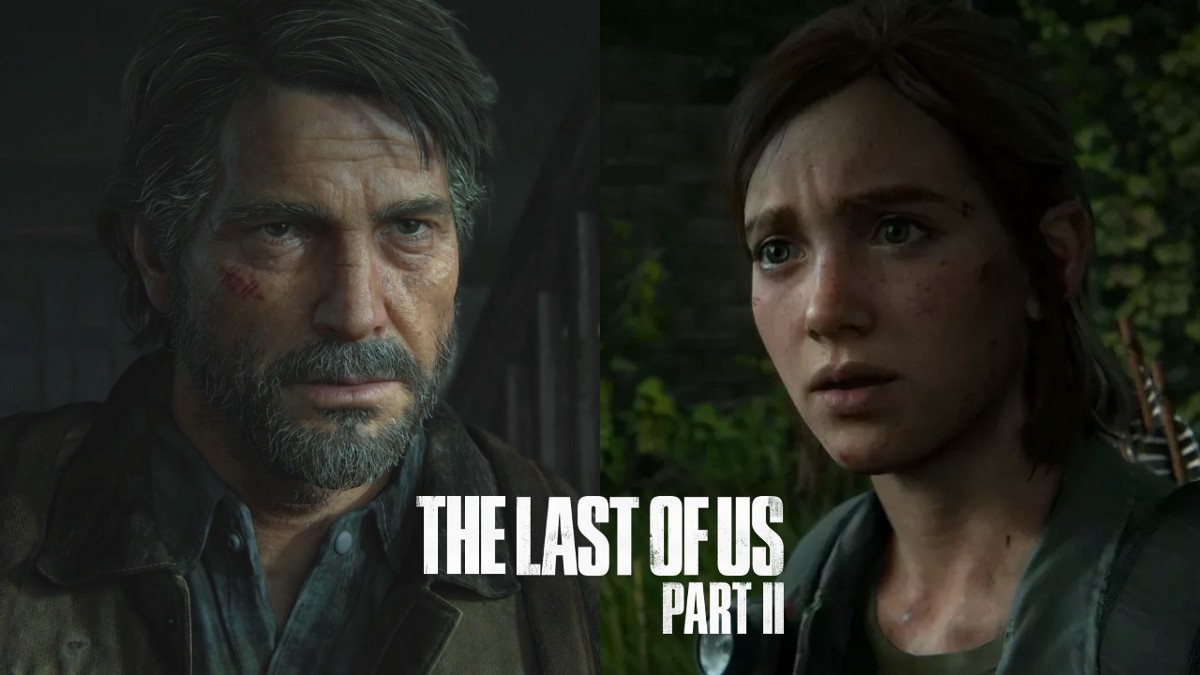The Last of Us Part II isn’t entertaining. Over the game’s 28-hour runtime, I frequently needed to stop because the brutality sometimes overwhelmed me. I didn’t want to slash at that helpless woman with a knife or hammer that lunging dog. With my well-placed shotgun blast, I did not want to witness a religious fanatic’s head explode into a bloody cloud. Some scenes upset me so much that they made me uncomfortable; They made me wonder why I was even playing this game. However, I’m happy I pushed through — because those dull, upsetting minutes make The Last of Us Part II so strong. It’s not just a game about savagery. Instead, one wrestles with the effect of that savagery and shows players the results.
It’s not just a game about savagery. Instead, one wrestles with the effect of that savagery and shows players the results.
The Last of Us Part II is a continuation of the acclaimed PS3 game, which changed engineer NaughtyDog — then known principally for a lighter, friendlier game like the Uncharted series — into a studio ready to handle more severe and resounding stories. By all accounts, the two games are comparative. The first featured Joel, a haunted man who locks on to 14-year-old Ellie as a daughter figure in a journey that sees them across a dystopian America looking for well-being. It closes with him pursuing a staggering decision to safeguard somebody he often thinks about.
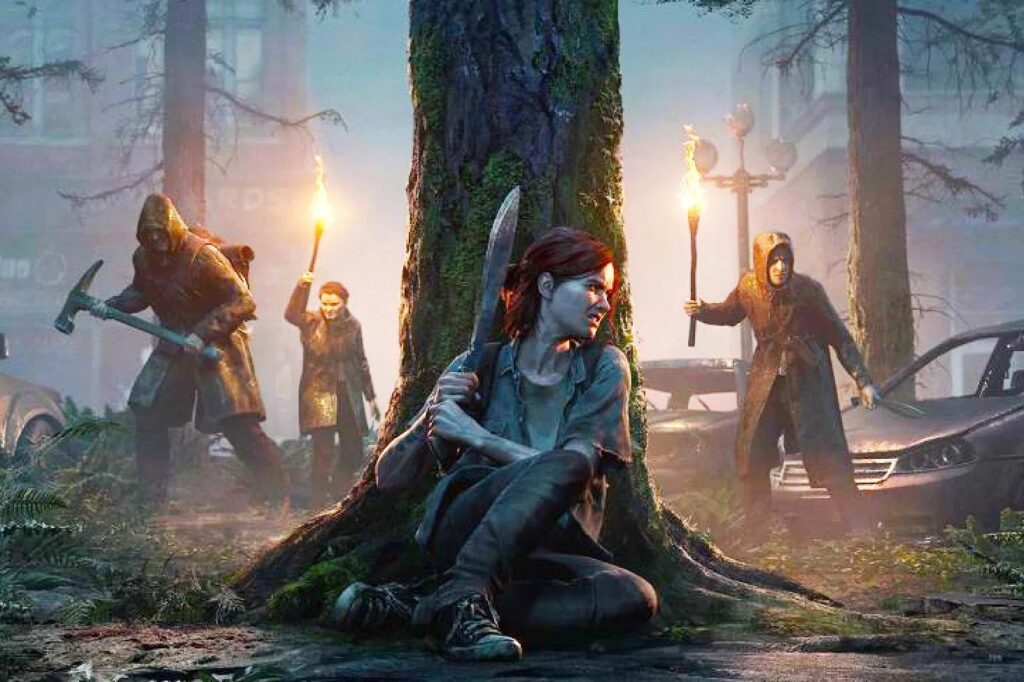
The continuation is focused more on Ellie, currently 19 and got settled in a generally protected local area in Wyoming. She has work, companions, and a love interest. She battles with Joel’s overprotective nature. Besides the routine patrols to clear out infected monsters, it’s practically charming. But, a couple of hours into the game — for reasons I won’t spoil — she embarks for Seattle with revenge on her mind.
The first half of The Last of Us Part II feels the precisely like what it is: an upgraded version of the first game. It’s still a 3rd person action/adventure game where everything around you is dangerous. Seattle’s numerous buildings are filled up with jump-scaring zombie-like beasts: ones that are blind and move by sound, compelling you to be sneaky and slow, and then there are the ones that shout in a horrifyingly human way and will chase you relentlessly to kill you. In addition, the city is in a condition of war. Two factions — a militant association, known as WLF and a religious group called the Seraphins — battle continually over clashing belief systems and limited resources. Ellie’s journey puts her directly in the center of this war.
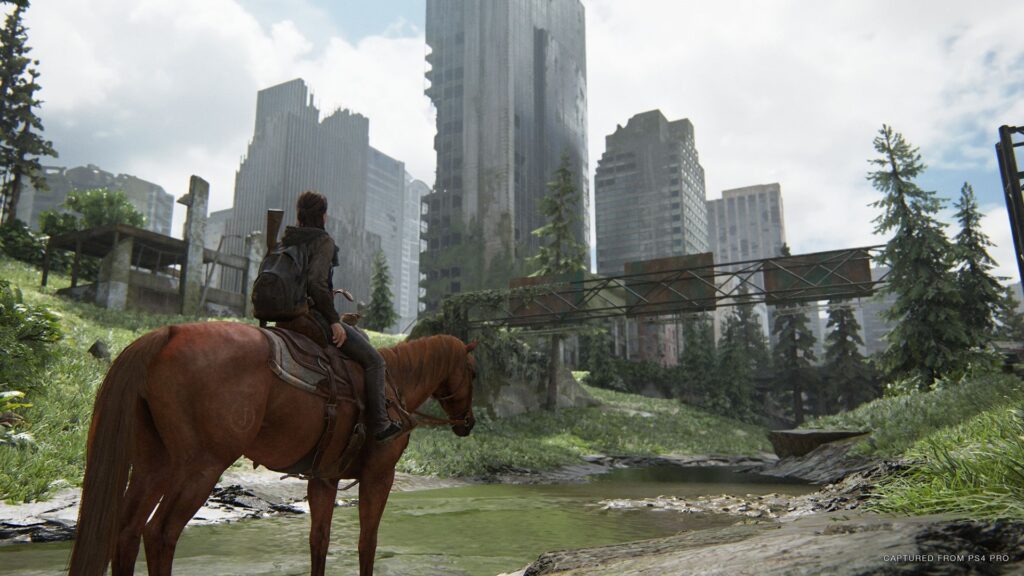

Playing The Last of Us Influence II brings nostalgia back from Uncharted 4: A Thief’s End. The two games are more robust and clean versions of their predecessors, and The Last of Us 2 borrows generously from Nathan Drake’s last experience, from the wide open yet linear levels with the mix of gunplay and covertness. It is very similar how you pick items and turn them over in your hand. The thing that matters is the tone of the story. With many similarities, the two games differ as far as how they make you feel. Uncharted 4 is a bright, happy experience with an occasional emotional breakthrough. The Last of Us 2 is its direct opposite: dark and abusive with rare moments of hope.
A lot of your time is spent following around regions brimming with foes, and these experiences vary depending on who you’re facing. Battling against zombies is stressful — the sound design makes the beasts particularly alarming — however, killing brutal animals never caused me to feel regret. People were a different story.
Perhaps this is because I played The Last of Us 2 as subtly as could be expected, yet I never became alright with how Ellie would grab victims from behind, advise them to be quiet, and afterward stab them in the throat. It felt very close in a manner I could have done without, despite seeing it happen dozens, possibly hundreds, of times throughout the game. There’s a substantialness to the battle. Things happen gradually and deliberately, allowing you to consider your actions. You can get by without killing specific individuals, yet no matter what, Ellie will kill many individuals during your playthrough. Far more atrocious were the trained dogs. The game pushed me into situations where I had no real option except to kill trained dogs using savage weapons like spiked bats and pickaxes. It made me uncomfortable mulling over everything.
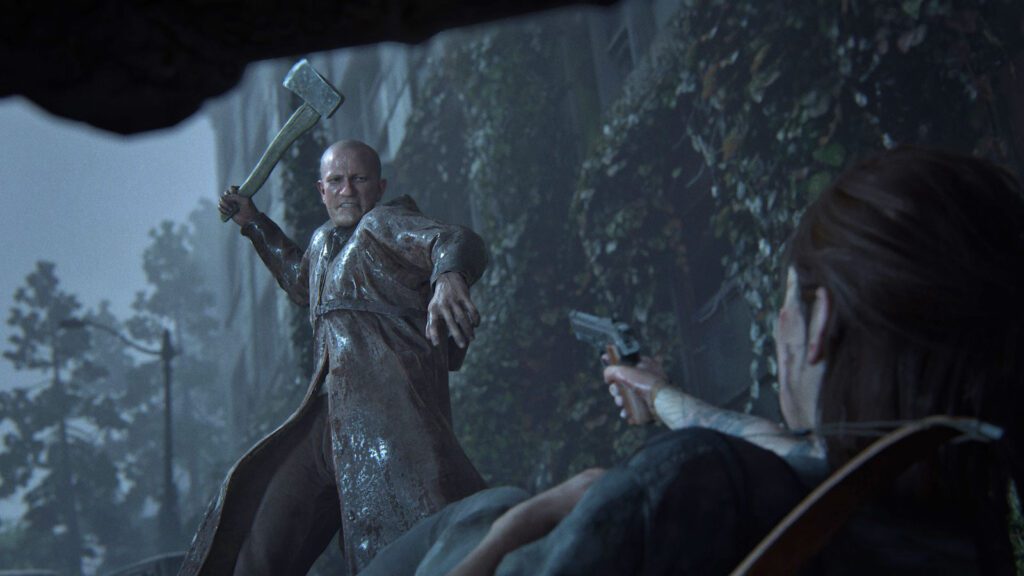

Brutality in games is nothing new. There are a lot of titles that attempt to use brutality as a method for causing players to feel something, anything, in a game, whether it’s Battlefield or Call of Duty. Quite a bit of what I’ve described could be said about the original The Last of Us. What makes the spin-off different is how it makes you question your activities. You don’t just kill individuals; you see the repercussions.
The Last of Us Part II deals with this in several ways. As far as one might be concerned, you can see the exacting cost the experience takes on Ellie’s body; by and end, she’s a wreck of blood and scars and other various infirmities. She’s far from the curious high schooler she was in the original game. The most impressive part of the story is how it shows the two sides of the conflict. For the central portion of the game, you see Ellie in a similar light as other video game main characters. Sure, she’s killed an incredible number of people. However, her torment is justifiable. She’s angry and frightened and will do nearly anything to make that feeling disappear. She’s persuaded that killing a particular individual will ease her sense of remorse. According to everyone else’s viewpoint, however, she’s a fear: a phantom-like executioner, in some way or another advancing into vigorously fortified places and leaving a path of bodies afterward. The people she’s pursuing aren’t beasts; there are times when I hated some of them, yet all at once, that changed.
Things get cloudy.
It’s difficult to talk about without digging into a serious spoiler domain. But by and end, Ellie isn’t the hero she assumes she is. Ultimately, she’s not even the same person she begins as.


The cycle has issues. There are some differences between what occurs in the game and what occurs in the cutscenes, for example. There are times when Ellie will kill twelve individuals with little response during an activity succession, to lose her levelheadedness after a single kill in a prearranged cutscene. It’s almost jarring. The game attempts to raise the stakes in a highly constrained manner by giving almost every NPC a name; if you kill somebody, you’ll hear their companions calling for them when they understand they’re missing. Hearing somebody call “Shannon!” for the 20th time hauled me out of the experience because it didn’t feel regular. It was like I was being told to think often about these individuals who, coincidentally, were attempting to kill me.
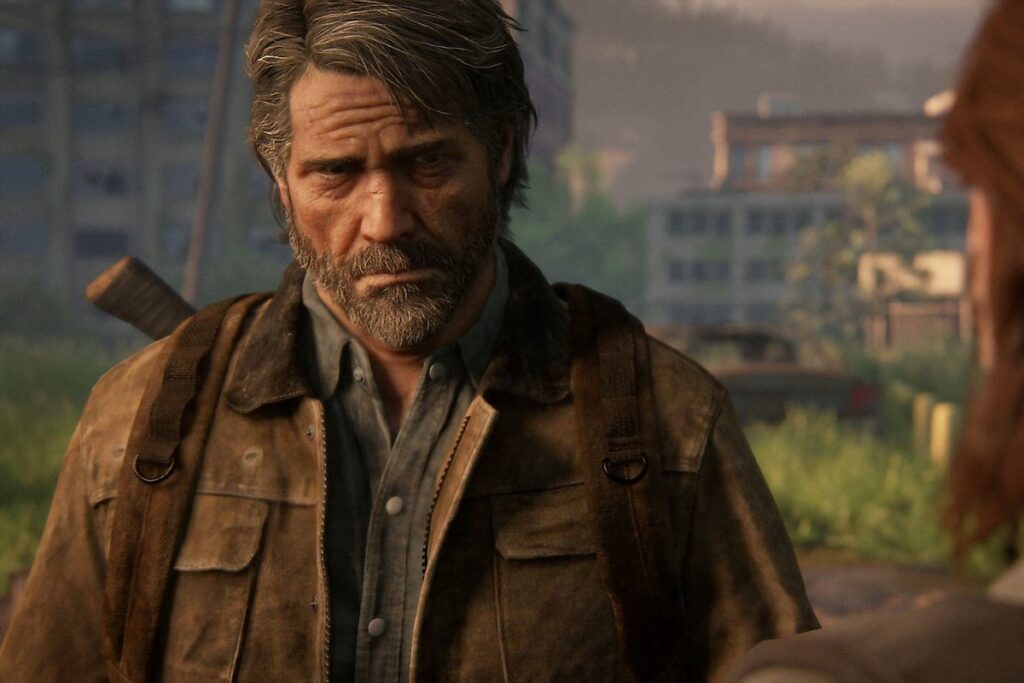

There are other awkward moments when The Last of Us 2 attempts to cover its computer gameness. However gorgeous as the levels may be, they’re likewise plainly planned for a particular reason; the platforming segments have lots of jumps and things to get on, though battle regions are brimming with cover and tall grass to cloud Ellie’s developments. You understand what’s stopping by the format of the world. The most relentless illustration of this contention between the game’s longing to submerge you in its reality and its innate game-y nature is the passwords, a computer game staple. To open safes or locked entryways, which you frequently do, Ellie must find the correct code, which is often scribbled down on a close-by piece of paper. This occurs so often that it becomes comical; she even finds a code scribbled in blood on the floor at a certain point. These viewpoints aren’t intrinsically terrible, and they’re not novel to The Last of Us 2, but instead, they hang out in a game in any case so focused on drenching.
When The Last of Us 2 does succeed, which is often, it’s incredible. The occasion to-second activity is tense and fierce. Even though it made me uncomfortable, I continued to push ahead to witness what might happen next, expecting to find one of those small moments of peace. One of the most mind-blowing parts of the game is the boss battles. There are a handful of vital conflicts throughout the story, yet they don’t play out how ordinary video game boss fights do. There’s no need to focus on you confronting the biggest, baddest enemy there is. However, the essential conflicts are different. Often, you are the attacker, the more powerful one, applying your will to somebody more vulnerable or desperate. It turns the tables completely, making the battle an essential storytelling tool.
When The Last of Us 2 does succeed, which is often, it’s incredible.
Saying this doesn’t imply that The Last of Us 2 is all agony. On the contrary, there are light moments amid the dark. Many of these come as flashbacks when you see Ellie and Joel in more joyful, however still post-apocalyptic times, investigating a museum or figuring out how to play the guitar. The story skillfully uses these moments and direct items to help you to remember better times. You’ll see things spring up, similar to a stuffed giraffe or a collectible mint piece connected to a particular memory. Indeed, even amidst a demolished world, these minutes made me smile.
Ellie is likewise, fortunately, not the only one on her journey. Her love interest, Dina, is a charming and fair counterpart to Ellie’s more headstrong character. Watching their relationship extend is one of a handful of endearing parts of the story. It’s also good to have her in the interest of personal entertainment. The Last of Us 2’s reality is so dark and gruesome that I felt safer having somebody, even a virtual friend, with me while I played. I acutely felt the times when Dina wasn’t there. The equivalent goes for Jesse, one more individual from the Wyoming community who follows along for broadened parts of the story. The NPC partners aren’t instrumental in battle, yet their presence is consoling regardless.
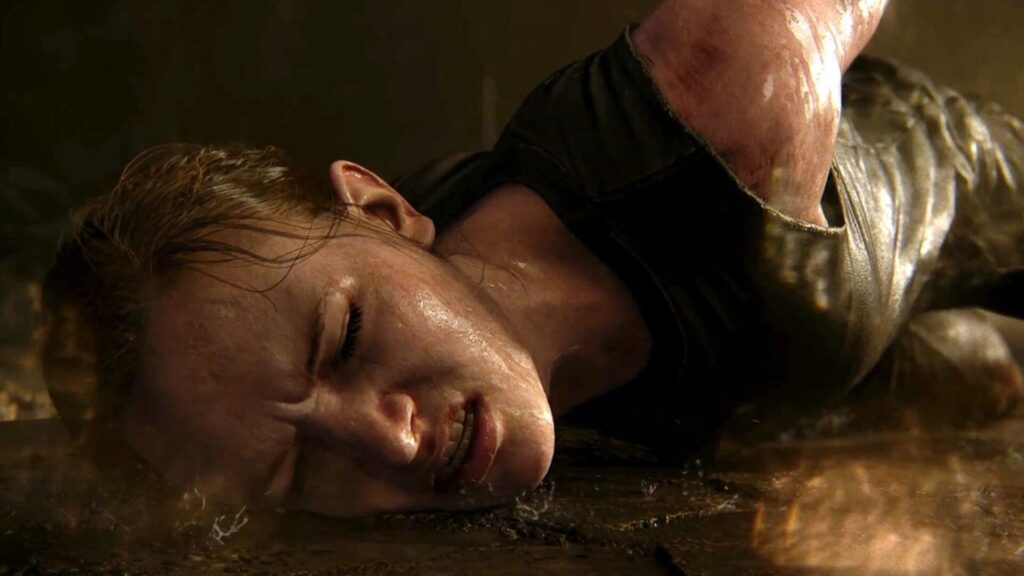

In any case, this isn’t a story where Ellie seeks her revenge and heads out toward the distant horizon with her better half. The Last of Us Part II doesn’t have a happy ending. Again, it’s difficult to say too much without getting into direct spoiler region, yet her unwavering focus on revenge and her failure to give up cost her a great deal. Those horrendous things she needed to do — the executed bodies, the ridiculous sledges, the dead canines — had a cost. Furthermore, the reality that you’re straightforwardly associated with those minutes makes it all the seriously disastrous.
At the end of a major AAA game like this, my mind usually leaps to what will come next or riddles over the secrets in the story. With The Last of Us Part II, I was happy it was finished. Just like Ellie, I was exhausted and sad.
The Last of Us: Part 2 Review Summary
I finished The Last Of Us Part II feeling depressed, but not for the reasons the developer might have intended — Naughty Dog is an immensely talented studio with resources that many devs can only dream of, yet their achievements are held back by a lack of mechanical evolution and uninspired gameplay. The Last Of Us Part II is a journey worth playing for the sake of what it gets right.
Overall
70%Pros
- The visuals are stunning
- The world and environments are incredibly detailed
- Great acting and voice work
Cons
- Combat feels awkward
- Violence goes too far
- Story and characters just don’t hit




